ACMA’s 3rd Automotive Raw Materials Conclave And Exhibition
- By MT Bureau
- August 04, 2023
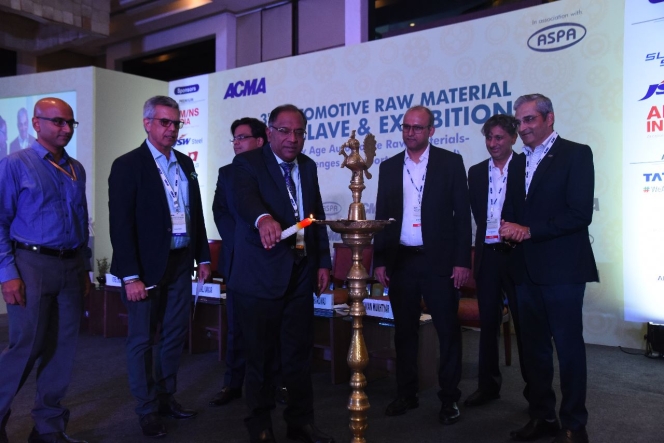
The Automotive Component Manufacturers Association of India (ACMA) in partnership with the Alloy Steel Producers Association (ASPA) conducted the 3rd Automotive Raw Materials Conclave and Exhibition in Delhi recently. Held under the theme ‘New Age Materials - Challenges And Opportunities’, the conclave brought together key stakeholders to discuss the transformative potential of advanced materials in the automotive industry.
Providing insights on how efficiencies can be brough in and how sustainability and circularity could be deployed in case of next-generation materials, the event focused on cutting-edge materials in context with vehicle design, safety and sustainability. It also focused on challenges such as commodity price fluctuations, geo-political instability and geographic material concentration in terms of the transition from traditional raw materials to the new age materials. While a PwC Report presented at the conclave stressed on the above factors, the conference saw experts and industry leaders speak about the convergence of multiple factors like improved vehicle performance and enhanced safety standards in terms of new material choices in components for automotive applications.
Gopalakrishnan Ganesan, Deputy Secretary, Ministry of Steel, Government of India, said, “We've witnessed remarkable progress in the automotive and steel industries over two decades, complementing each other and aligning with government goals. The PLI Scheme for Steel has been a driving force, especially for alloy steel in fostering innovation. The Government, the Steel Industry and the Automotive industry, together need to forge a self-reliant innovative future, creating ground-breaking products in advancing the nation.”
Vinnie Mehta, Director General, ACMA, expressed, “In this era of rapid technological evolution and environmental consciousness, the automotive sector finds itself at a critical juncture. The convergence of electrification, autonomous driving, and the pressing need for eco-friendly transportation necessitates a radical rethinking of raw materials.” “At ACMA, we firmly believe that challenges are opportunities in disguise. The complexities that lie ahead, from securing a stable supply of critical minerals to scaling up the production of new-age materials, present us with opportunities to innovate, collaborate, and create lasting impact. This conclave provides us with an ideal platform to forge partnerships, share knowledge, and collectively shape a sustainable roadmap for the industry,” he added.
The key themes explored during the 3rd Automotive Raw Materials Conclave and Exhibition were,
Advancements in lightweight materials and their impact on fuel efficiency and environmental sustainability.
High tensile strength alloys and their contributions to vehicle safety and performance.
Sustainable manufacturing practices and their role in reducing the automotive industry's ecological footprint.
Emerging trends and innovations in automotive materials, presenting opportunities for growth and competitiveness.
Sunil Kakkar, Senior Executive Director, Maruti Suzuki India Ltd., and the chief guest of the event averred, “In the rapidly transforming automotive industry, we see significant challenges and opportunities. The regulatory environment in India is aligning with global norms, and trends like connected, autonomous, shared, and electric mobility are shaping the industry’s future. Despite the pandemic, the industry has shown resilience, and our unsaturated market offers vast growth potential. Collaboration between steelmakers and the automotive industry is crucial to meet the safety, emission, and light-weighting needs of the industry. We are committed to a greener, safer, and more innovative future, embracing ESG measures for a sustainable ecosystem.”
Several alloy steel manufacturers also displayed their next-generation products at the event.
MapmyIndia And Zoho Announce Integration For CRM Users
- By MT Bureau
- November 26, 2025

MapmyIndia Mappls, a digital mapping and geospatial technology company, and Zoho, a technology company, have announced a collaboration to integrate two MapmyIndia features directly within Zoho CRM. The features being integrated are Address Capture and Nearby Lead Finder.
The integration allows Zoho CRM users to: capture verified addresses, visualise customer locations, discover potential leads in nearby areas and optimise sales routes. These functions are powered by MapmyIndia’s mapping platform.
Rakesh Verma, Co-Founder, Managing Director & Group Chairman, MapmyIndia Mappls, said, “This partnership between MapmyIndia and Zoho is a true blue Swadeshi celebration – two Indian innovators and leaders in their respective fields - coming together to deliver cutting-edge, homegrown technology that is world-class. MapmyIndia Mappls Address Capture and Nearby Lead Finder capabilities will help Zoho CRM users across India to work smarter and sell better, while keeping all data and innovation safe within India. I am confident that this partnership will boost collaborations amongst Indian tech companies creating a sympathetic ecosystem towards the realisation of an Atmanirbhar, Viksit Bharat.”
Mani Vembu, CEO, Zoho, said, "At Zoho, we believe that true technological progress begins with self-reliance. Building deep-tech R&D from India has always been one of our foundational pursuits, driven by the immense talent and creativity that thrive in the country. Our partnership with MapmyIndia embodies this vision, uniting homegrown expertise in business software and digital mapping to deliver solutions that are powerful, privacy-focused and proudly indigenous. This integration empowers Indian businesses by combining business intelligence with spatial intelligence, giving field teams the location-aware insights they need to better serve their customers."
Toyota Kirloskar Motor Opens Experiential Museum In Bengaluru
- By MT Bureau
- November 24, 2025
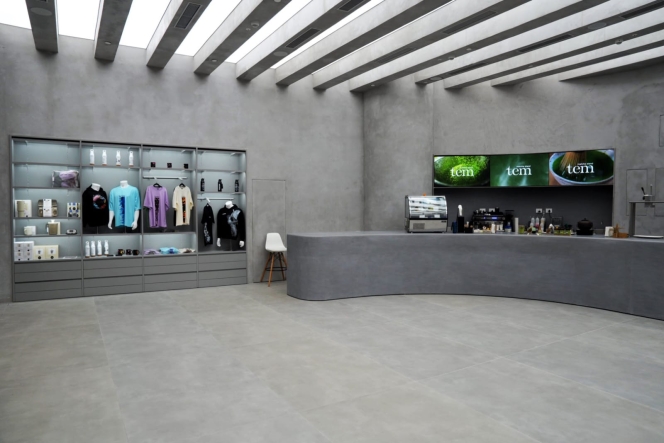
Toyota Kirloskar Motor (TKM) has unveiled the Toyota Experiential Museum (TEM) in Bengaluru, which it said is a new cultural and lifestyle hub for the company. The space combines Indian philosophy with Japanese culture and technology.
Located on the ground floor of the Phoenix Mall of Asia, TEM is spread across 8,200 sq ft and offers a five-senses experience, blending Japanese minimalism with Indian warmth through visuals, sounds, scents, textures and flavours.
Tadashi Asazuma, Deputy Managing Director, Toyota Kirloskar Motor, said, “At Toyota, our vision of creating ‘Happier Paths Together’ goes beyond mobility – it is about inspiring experiences that connect people, cultures, and emotions. With TEM, we hope to offer a truly unique experience that embodies this spirit.
In India, we found inspiration in the practice of Sadhana – the mindful pursuit of inner balance and fulfilment. TEM is where the Japanese culture and values of precision, serenity, and respect for nature beautifully align with the spirit of Sadhana, making TEM a meaningful blend of both. Designed to engage the senses and spark reflection, it brings together art, technology, and craftsmanship to inspire mindfulness, especially amongst the youth.”
The museum features minimalist interiors and distinct aesthetics designed to spark curiosity, inviting guests to explore at their own pace. The journey begins with a mirrored and rhythmic experience of the changing seasons common to Japan and India, unfolding through infinite projections of light, colour and motion. It then rises into a celebration of shared passion, featuring an audio-visual collaboration with DRUM TAO. A display includes a water curtain encircling a car draped in satin.
A design cafe offers a range of merchandise blending heritage with contemporary lifestyle, celebrating simplicity and craftsmanship.
The TEM cafe features a curated menu that blends the Japanese tradition of matcha with Indian flavours. Highlights include the India-inspired mango infusion.
- Maruti Suzuki India
- Maruti Suzuki Innovation Fund
- Ravity Software Solutions
- Sociograph Solutions
- Amlgo Labs
- Hisashi Takeuchi
- Vikas Rungta
Maruti Suzuki India Invests INR 20 Million In Ravity Software Solutions
- By MT Bureau
- November 21, 2025

Maruti Suzuki India (Maruti Suzuki) has announced an investment of nearly INR 20 million to pick up 7.84 percent stake in Bengaluru-based mobility insights start-up Ravity Software Solutions. The start-up claimed to be a global platform for AI-driven connected mobility intelligence, which transforms vehicle data into business value.
This marks the automaker’s third such move through ‘Maruti Suzuki Innovation Fund’, which makes strategic investments in innovative and high-potential start-ups that can support Maruti Suzuki India’s operations.
The company made its first investment of INR 20 million in Sociograph Solutions in June 2022, followed by the same amount in Amlgo Labs in March 2024.
Hisashi Takeuchi, Managing Director & CEO, Maruti Suzuki India, said, “Aligning to our core value of keeping customer at the core of our business, we are focused on enhancing vehicle ownership experience. In the age of open innovation, we strive to co-create business solutions with specialized entities operating in the particular field. Startups are ideal partners as they bring agility, fresh thinking, and cutting-edge solutions, to support our goal of ensuring customer delight. Our investment in Ravity Software Solutions will enable us to elevate customer experience through data-driven insights. We have been associating with startups since 2019 under our Maruti Suzuki Innovation programs. Through this initiative, we are investing in a culture of innovation, building strategic partnerships, and unlocking new opportunities, in line with Government’s ‘Startup India’ initiative to promote entrepreneurship in the country.”
Vikas Rungta, Founder, Ravity Software Solutions, said, “It is an honour to be associated with an industry leader like Maruti Suzuki, whose name is synonymous with bringing personal mobility to millions in India as well as across the globe. An automobile major like Maruti Suzuki partnering with a startup speaks volumes about its forward-thinking mindset, humility, and openness to learn and collaborate to explore new ideas. With our excellence and expertise in AI, analytics and mobility, we are committed to upholding the trust Maruti Suzuki has placed in us. We believe that the high complementarity of our strengths: Maruti Suzuki’s scale of business and our agility and entrepreneurship, will further enhance customer experience and delight.”
LG Display Wins Two CES 2026 Innovation Awards For Automotive Display Technology
- By MT Bureau
- November 21, 2025
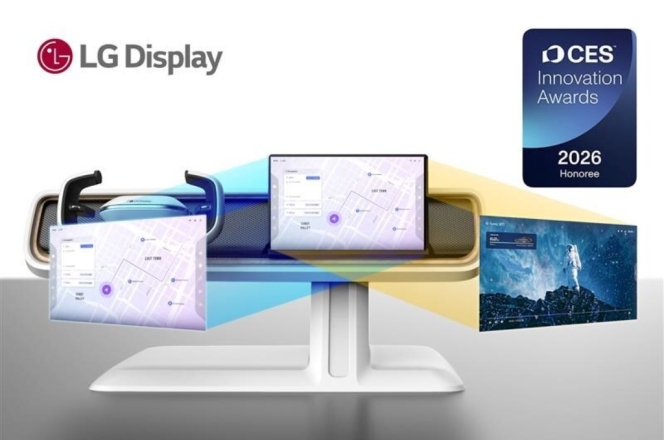
LG Display has secured two CES 2026 Innovation Awards from the Consumer Technology Association (CTA) for two automotive display innovations: Dual View OLED and Under Display Camera-infrared (UDC-IR) OLED.
Both products were honoured in the In-Vehicle Entertainment category for delivering space efficiency, superior picture quality and high standards of safety.
The Dual View OLED solution allows a single automotive display to show different content based on the viewing position. For example, the driver can view navigation while the front passenger streams content. Optimised pixel structure ensures the driver’s touch operation does not interfere with the passenger’s entertainment. The product utilises a Tandem OLED device structure for picture quality and operates reliably in environments ranging from -40deg C to 85deg C.
The UDC-IR OLED jointly developed with LG Innotek, is claimed to world’s first full-screen automotive display to conceal an in-screen driver-monitoring camera. LG Display developed advanced algorithms that make the camera hole invisible from the driver’s viewpoint. The camera integrates LG Innotek’s high-resolution IR camera and image-enhancement software to ensure accurate driver monitoring, which is becoming mandatory due to global safety regulations.
LG Display will showcase these solutions at a dedicated booth at CES 2026. The company has consistently won CES Innovation Awards, previously honoured for its Thin Actuator Sound Solution (CES 2023) and its 57-inch Pillar-to-Pillar LCD (CES 2024).


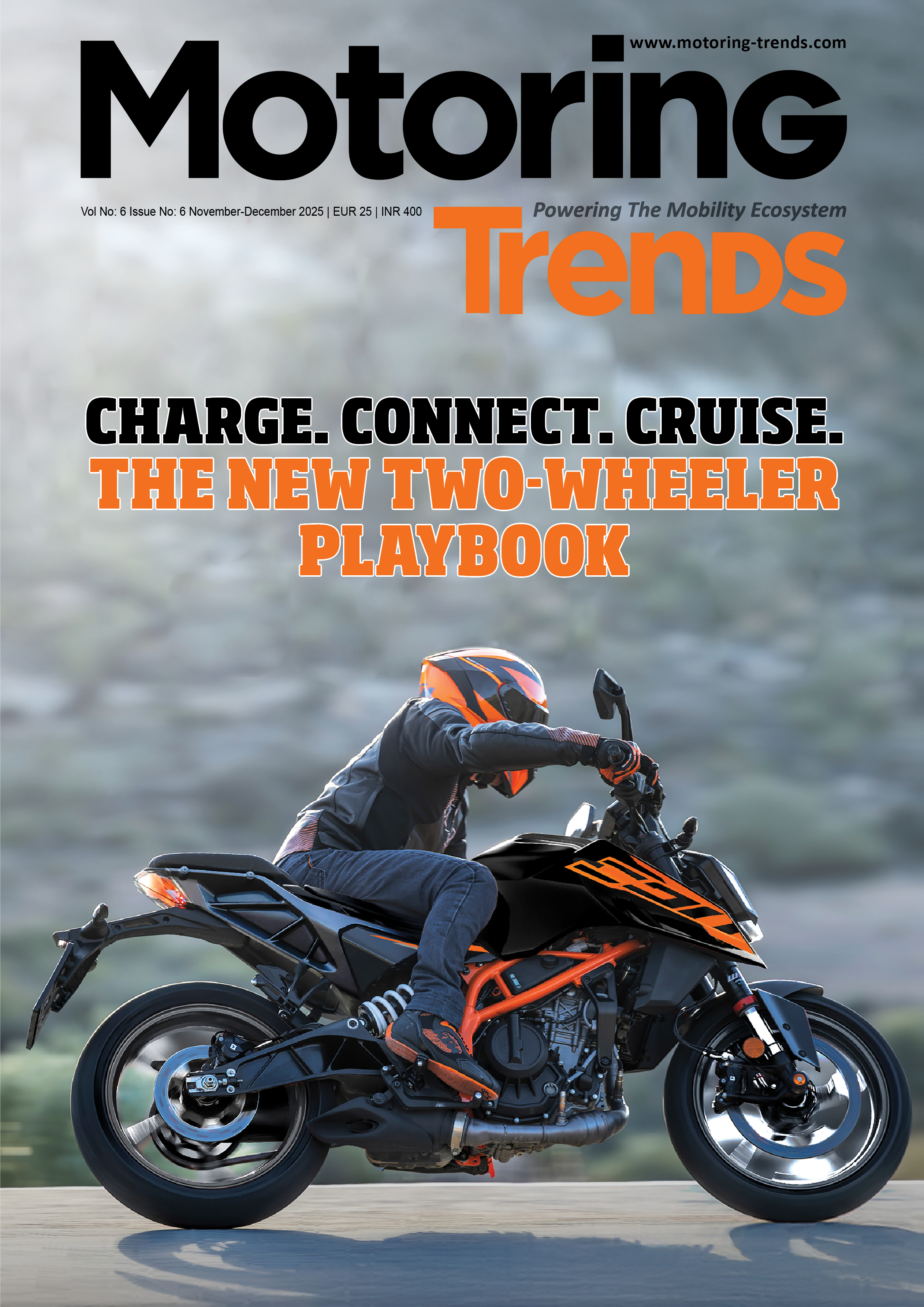

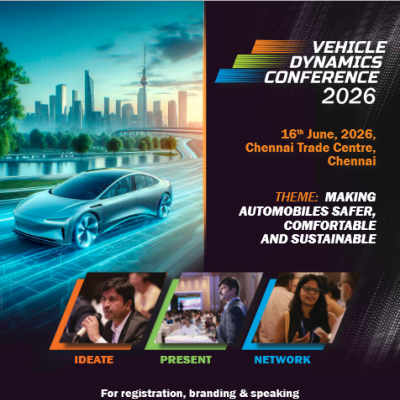
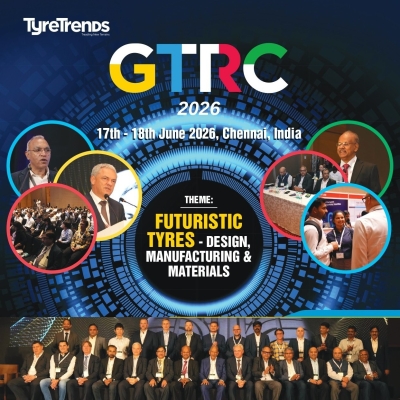
Comments (0)
ADD COMMENT